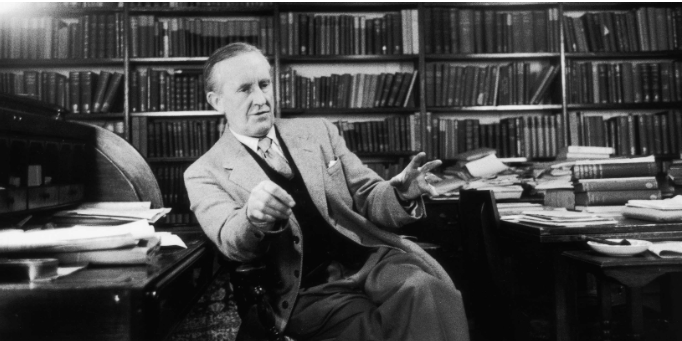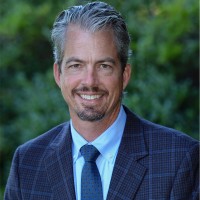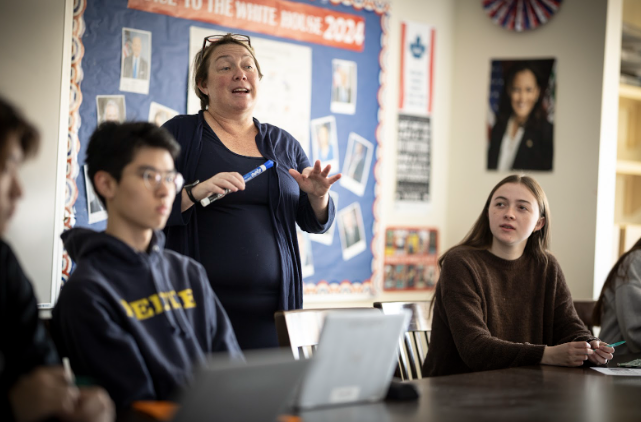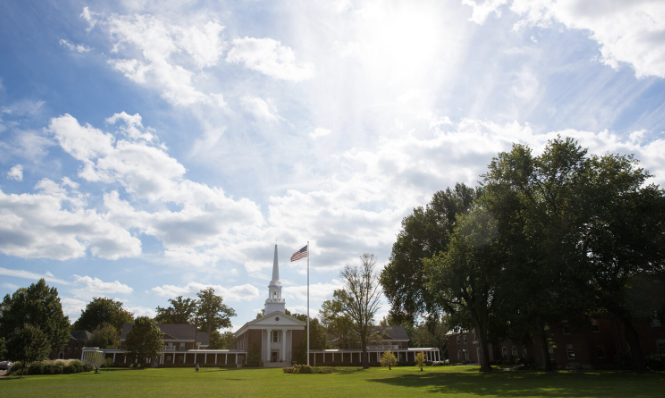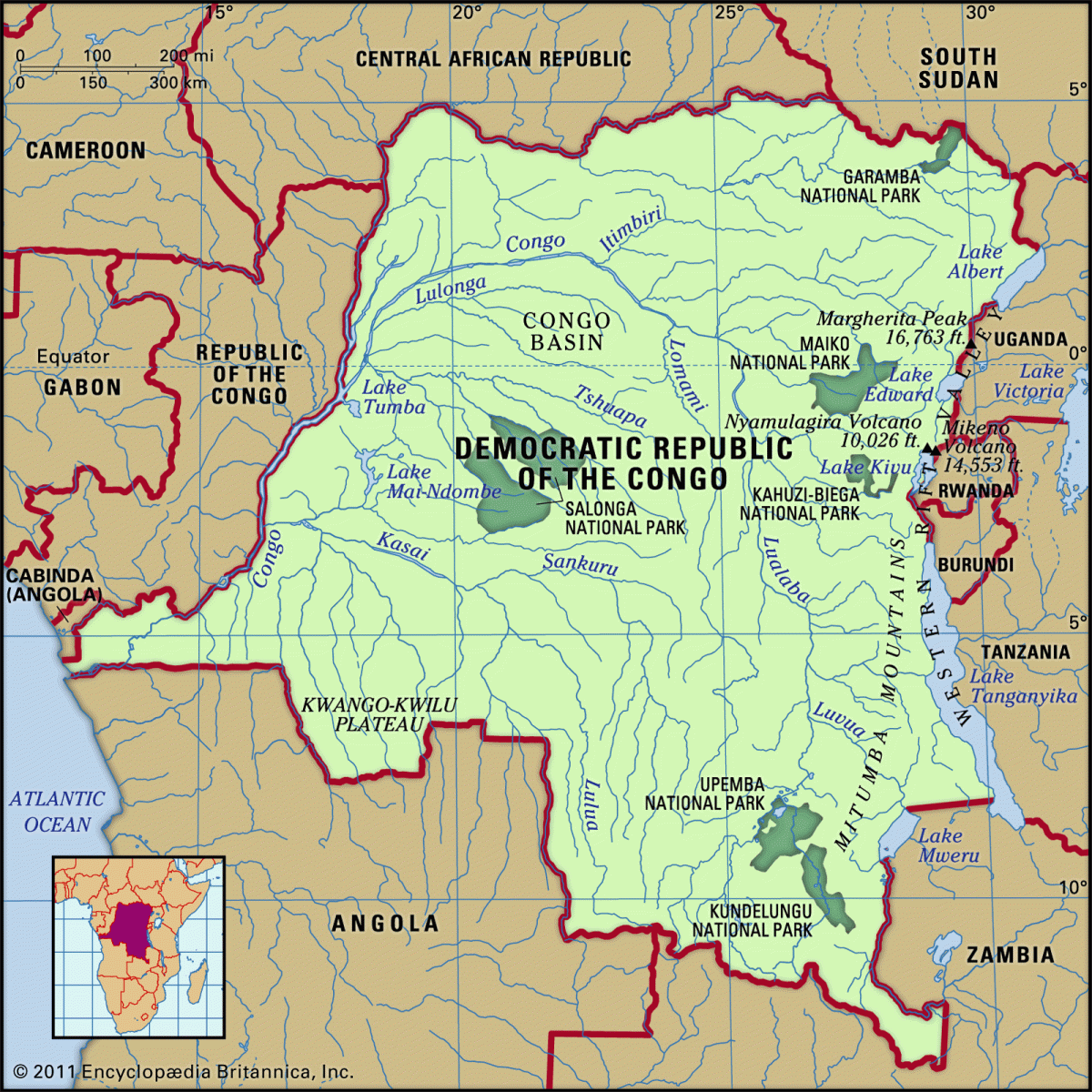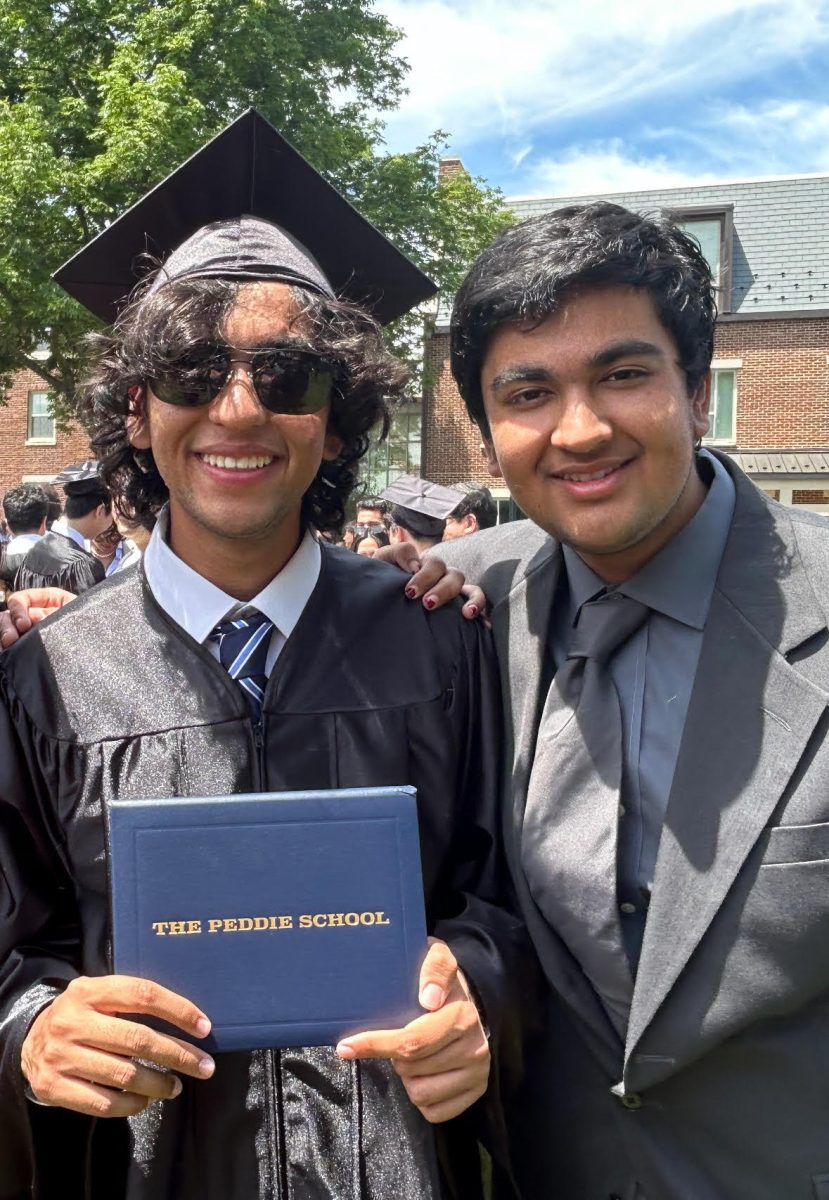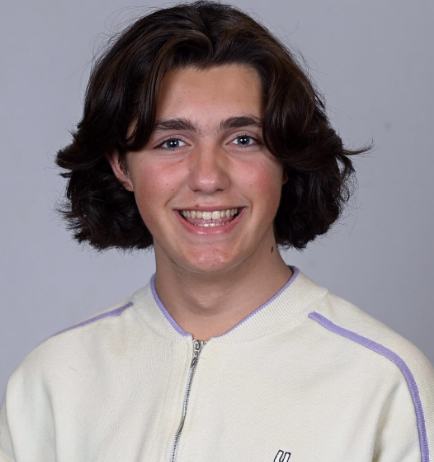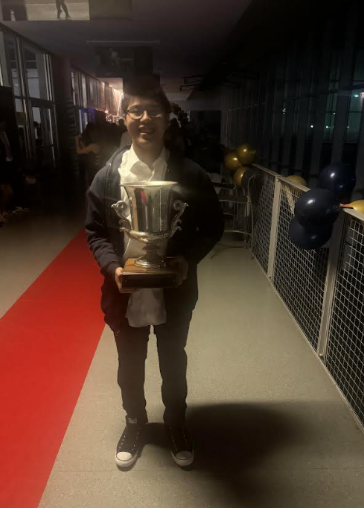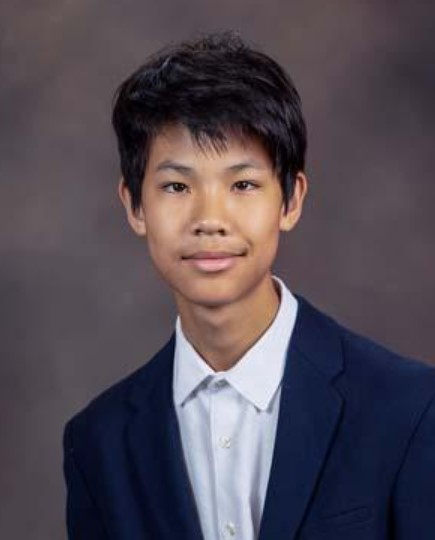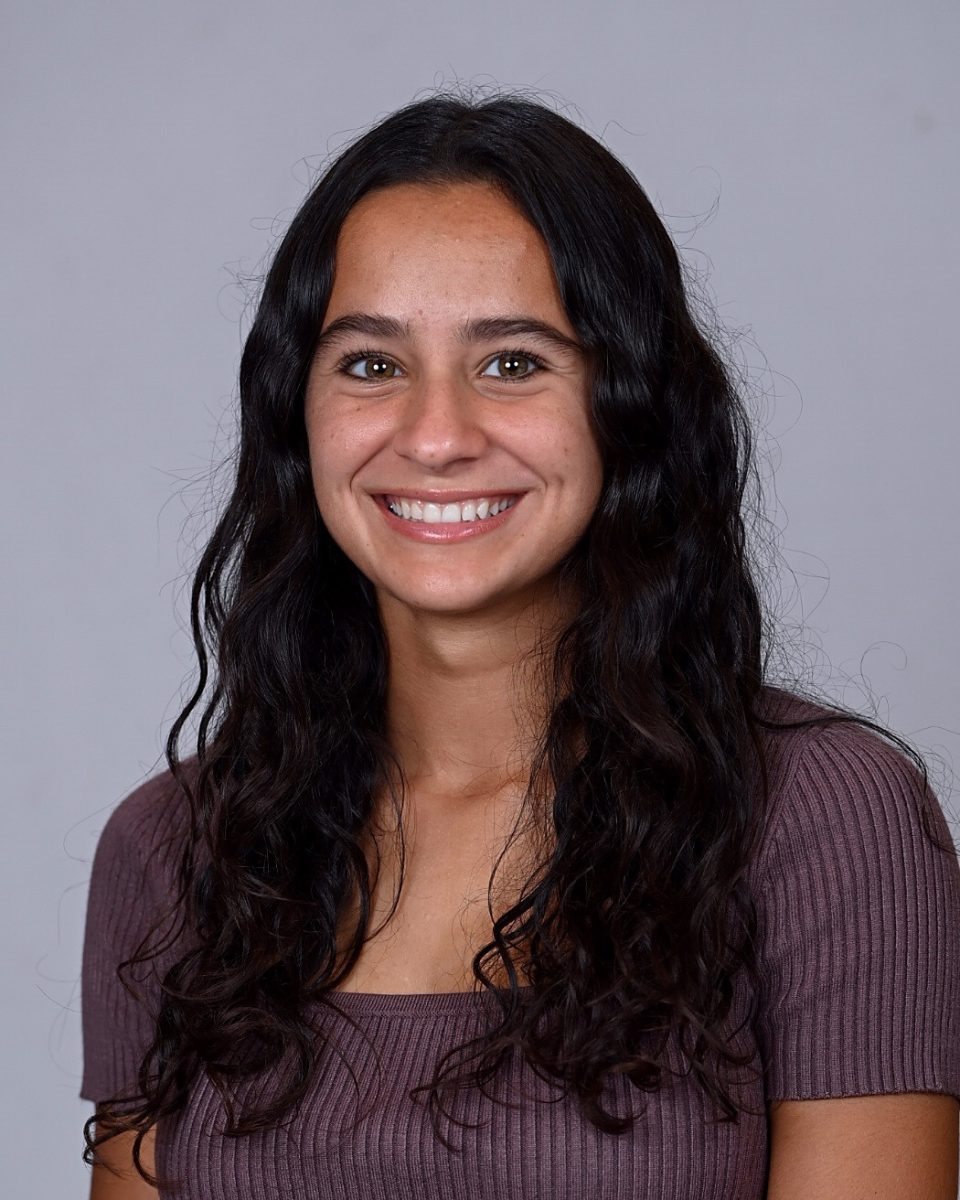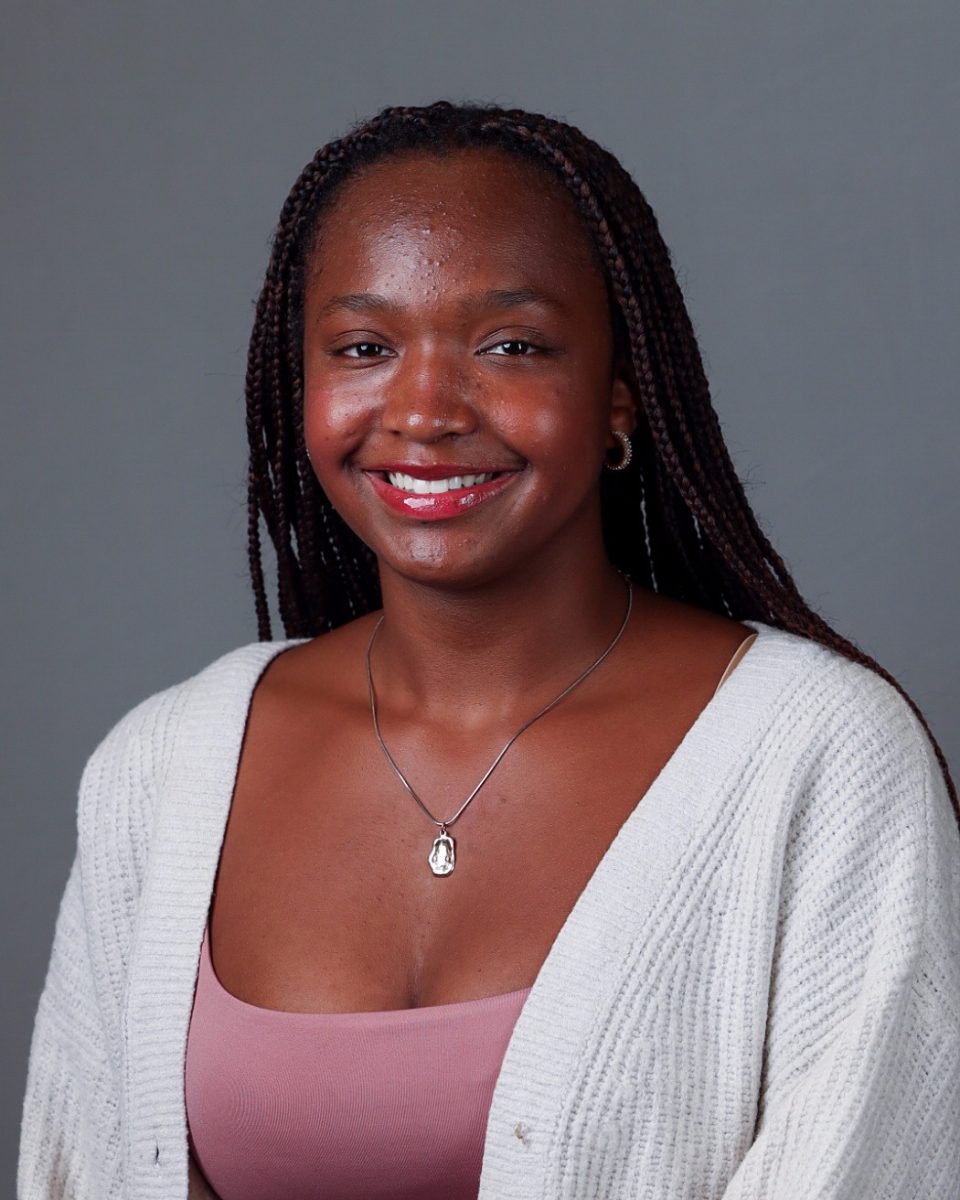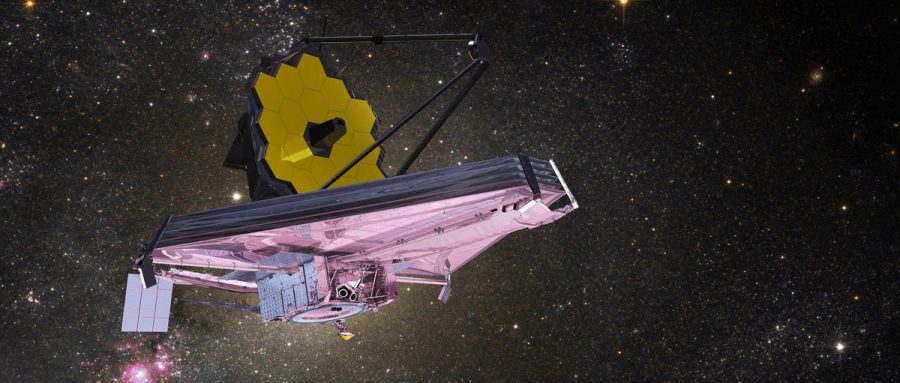Behold, the Key to the Origins of the Universe
April 29, 2022
Humanity came one step closer to discovering the origins of the universe with the launch of the new James Webb Space Telescope.
Launched on Christmas Day of 2021, this $10 billion piece of intricate machinery made its way to its orbital location, Lagrange 2 (L2). L2 was carefully chosen for its advantageous position 1 million miles away from Earth, where gravity keeps the observatory in a stable orbit far beyond the Moon. This allows the telescope to orbit with minimal fuel consumption, thereby ensuring a lifespan of over 20 years.
The telescope was named after James Webb, the NASA administrator who led the space agency through the early years of the Apollo program. It was put together by the joint effort of NASA, the European Space Agency, the Canadian Space Agency, and Northrop Grumman company through three decades of painstaking work.
January 31, 2022, saw the successful unfolding and deployment of the telescope’s complete suite of science instruments that will enable it to capture the infrared lights of stars back in time through fogs of visible light. The cameras and other instruments include a MIRI, NIRCam, NIRSpec, and FGS/NIRISS. In turn, the Webb team activated the observatory’s high-gain antenna in order to boost the telescope’s communication line with Earth for a swift return of images and other observations after the fine-tuning is completed. (Inverse, Claire Cameron)
Fine-tuning indicates the months-long process of aligning the 18 gold-plated hexagonal mirrors and several infrared cameras in the precise location in order for the telescope to start operating. Out of all its instruments, the MIRI can best help explain the nature of how James Webb can stare directly back in time.
The Mid-Infrared Instrument (MIRI) is both a camera and a spectrograph that separates incoming light by its wavelength and records the resulting spectrum. This classification method is what enables James Webb to “see” infrared light, which is undetectable to human eyes. Infrared light detects redshift, which can open up a whole new plane of explanations on how galaxies, stars, and planets form and evolve over time. Redshift indicates how an object such as a star or even a whole galaxy is moving in space relative to the observer. The red end of the visible light spectrum has the longest wavelength, hence the name redshift. As an object gets older, its wavelength lengthens, and so it shifts towards red or even infrared beyond visibility.
James Webb’s current mission is to fine-tune all its instruments using its first target star, HD 84406. It is located 241 light-years from Earth and is a part of the constellation Ursa Major, the Great Bear. The images are not necessarily taken for scientific purposes, but to help the ground teams align the 18 golden segments of Webb’s 6.5 meters wide mirrors into a single main surface. The Near Infrared Camera (NIRcam) also has to go through a cooling procedure in which its temperature will drop to an operation level of 6 Kalvin. (Space.com, Tereza Pultarova) The end goal of these first few weeks of microscopic adjustments is to turn the current collection of photos of 18 different blurry dots into a focused image of a single star. (SciTechDaily, NASA)
How does this ingenious device compare with its predecessor, the Hubble telescope? Hubble’s range of vision is mostly only capable of seeing the visible light spectrum, which means it cannot produce photos through visible blockage nor see past time. Webb focuses on an entirely different segment of the electromagnetic spectrum that allows it to detect infrared, essentially the heat of the stars long gone. Below is an example of what Hubble may see compared to the image that Webb can produce:
Where the Hubble can only see a dust fog, James Webb can see directly through the debris at the stars behind. Not only can it capture the millions of stars hidden behind the blockage, but it is also an indication of temperature. The blue stars can be presumed to be much hotter than the red ones.
Peddie science teacher Karolina Fraczkowska was beyond excited for this monumental step in astronomy and science. She, in fact, sees the telescope as an achievement for the whole of humanity, beyond the fields of science. “I think this launch should be important to all of us,” she said. “Don’t we want to know where we came from? Where our solar system is, how our solar system fits into the milky way, how the milky way fits into the universe? You can approach it from a scientific point of view, or you can approach it from a humanities point of view. All this together fits to answer the question: who are we?”
The launch of the James Webb telescope had a personal meaning to Fraczkowska. As a young girl who had just spent her first year in America learning the language and getting accustomed to the foreign land she now calls home, the launch of the Hubble Space Telescope was the first national event she remembers. “In this land of opportunity, land of dreams, that was the big story. I was so excited because I always loved science,” she recalled. “This idea of now Hubble dying and having this new telescope replacing it, I feel like it’s a full circle.”
When asked the complex question of whether she thinks those who do not believe in the Big Bang theory will be proved wrong with photographic evidence, she exclaimed, “Oh my, there are people who don’t believe in the Big Bang theory?” Then she went on to explain the interconnectedness of science and religion. “Personally, I believe religion and science do not exclude one another. All I know is that we will know way more about the beginning of the universe than we do now, and that’s the excitement. After all, it was a $10 billion question.”
Fraczkowska believes that Peddie students should care about this telescope. “Here at Peddie, we teach math. We teach science. We teach English. We teach history. But in the end, don’t all of these classes together want to answer the question: Who are we?” She compares these different viewpoints coming together to a beautifully woven rug that education can help piece together.
“My hope is that everybody is a lifelong learner, that everybody says, ‘huh, that is interesting, let me find out more about it,’” she postulated. “Even though I teach chemistry which you would think focuses on the tiny tiny tiny, I like to think big which is the universe, stars and galaxies, and everything! If you think big and tiny you can cover everything in between.”
It seems that along with the James Webb Space Telescope, humanity has launched its own existential questions into the unanswering void of outer space. However, this time the universe just might reply back.


